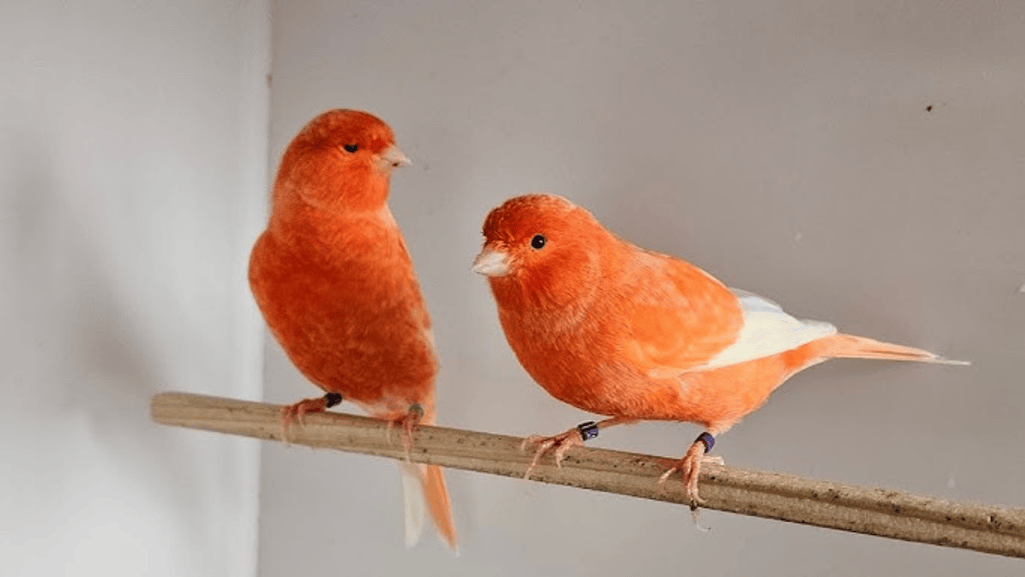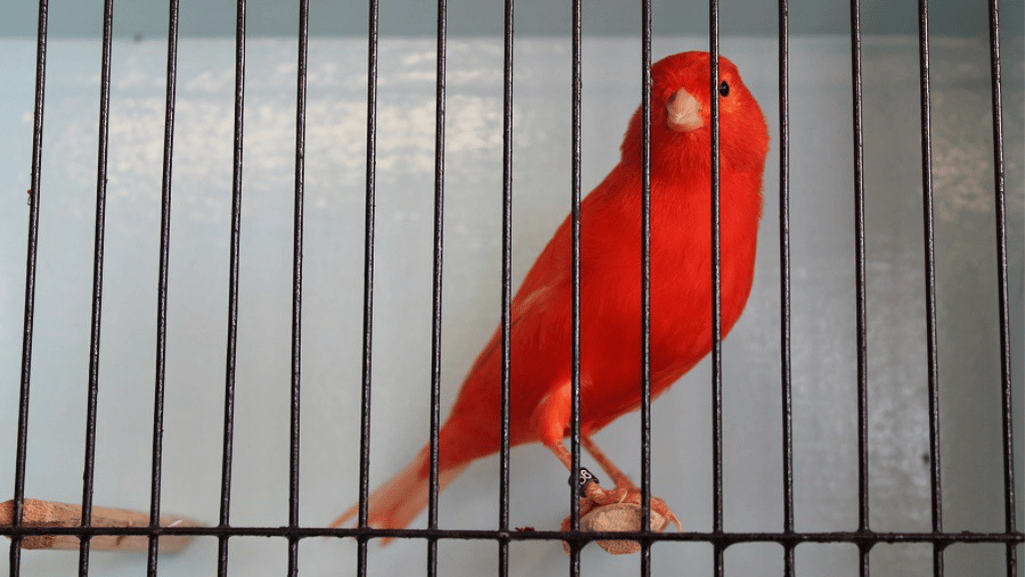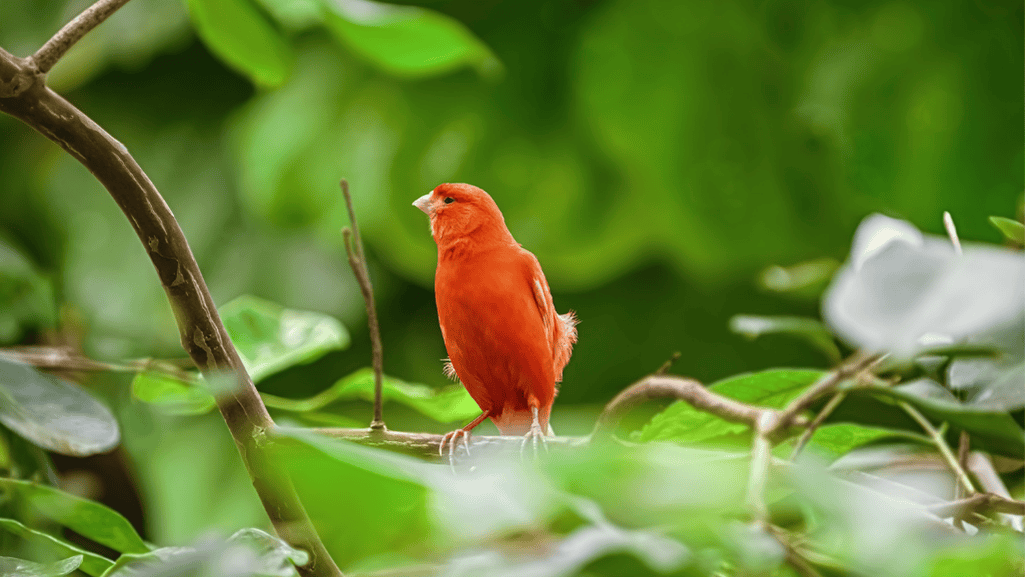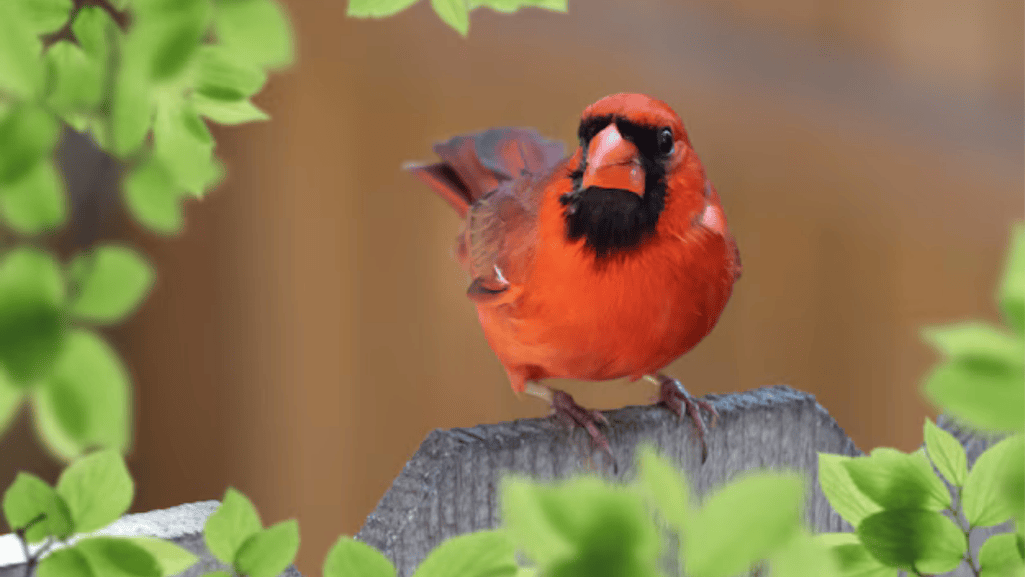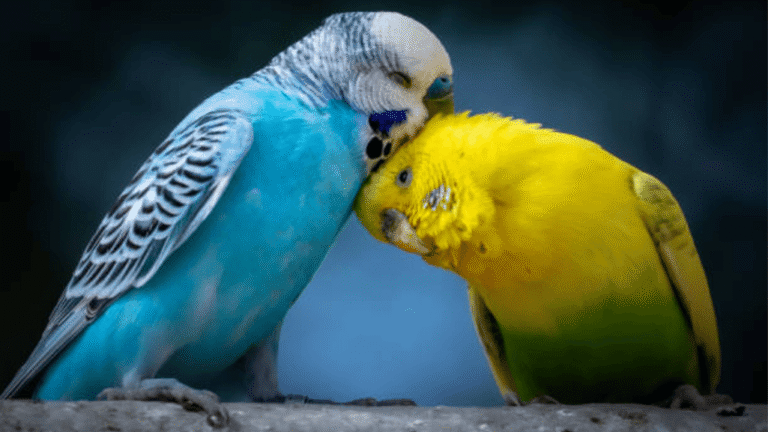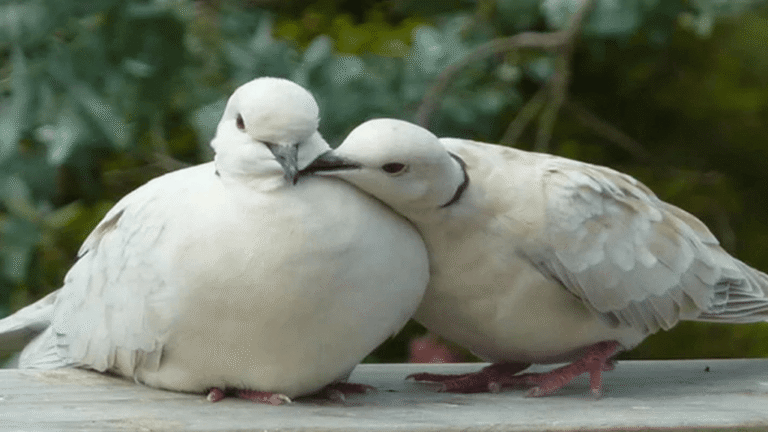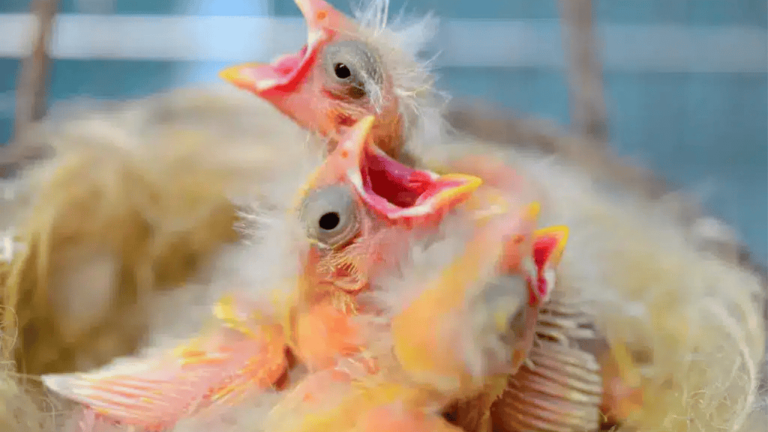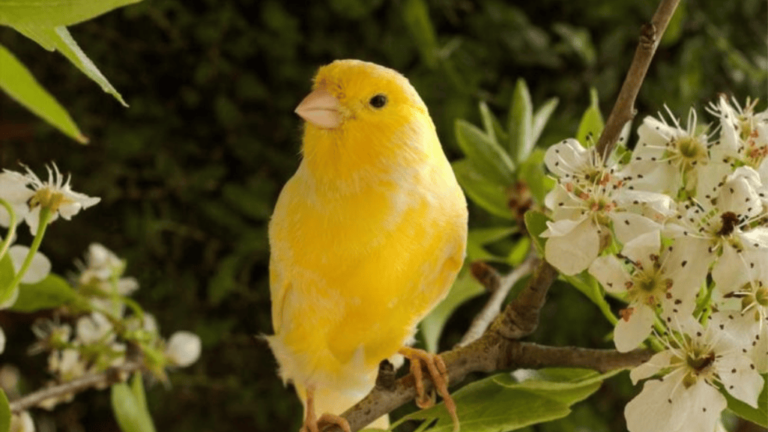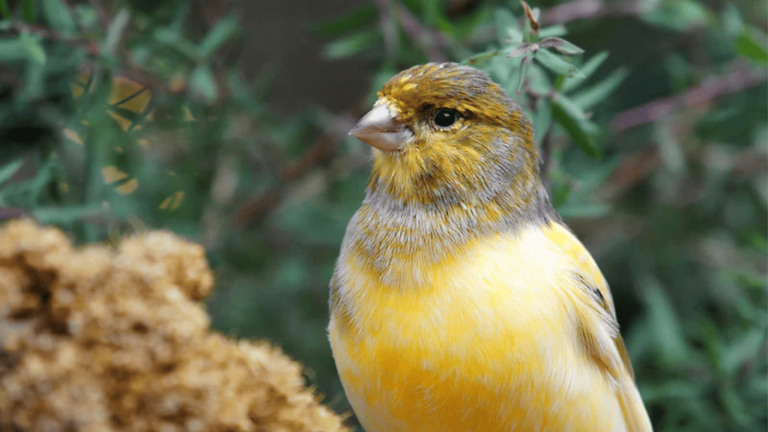Red factor canary birds are known for their colorful plumage, featuring bright red or orange feathers. These small birds are famous for their beautiful singing voices. They have been bred to show off their stunning colors, thanks to special genetics.
These birds come from the Canary Islands and are loved by many bird lovers and breeders. To take care of a red factor canary, you need to know a lot about them. This guide will help you learn how to give your bird the best life.
It will cover everything from what to feed them to how to keep them happy and healthy. Whether you’re thinking of getting a red factor canary or already have one, this guide is here to help. You’ll learn how to make sure your bird is happy and healthy, so they can show off their beautiful feathers for years.
Key Takeaways
Red factor canaries are known for their vibrant red or orange plumage, a result of selective breeding and specific genetic mutations.
A balanced diet rich in essential nutrients, including pellets, fresh fruits, and dark leafy greens, is vital for their health and color.
They need the right home, with temperatures between 65°F and 75°F and 12-14 hours of darkness each night, to stay well.
Breeding them requires choosing the right pair, setting up the nest right, and being patient for the best color in their babies.
Regular vet visits and watching for health problems like mites and canary pox are key to keeping your bird happy and healthy.
Understanding the Red Factor Canary
Red canary red factor canaries are a captivating breed that has caught the eye of bird lovers everywhere. These vibrant birds come from years of breeding and genetics. They show off stunning color changes in canaries.
Origins and History
The story of the red factor canary began in the 1920s when breeders mixed the domestic canary with the red siskin, a South American finch. This mix brought the red factor gene to canaries, starting their journey.
By choosing the right parents and controlling their diet, breeders have made these birds show off many colors. They can range from pale peach to deep red, depending on their food and genes.
Unique Characteristics and Appearance
Red factor canaries look a lot like other canaries but stand out in color. Their red siskin roots give them bright red and orange feathers. This is thanks to special pigments in their diet.
These birds are loved more for their looks than their singing. While male canaries sing beautifully, it’s their color that wins hearts. Many people and bird lovers enjoy their beauty.
ty.
Providing a Proper Diet for Your Red Factor Canary
A balanced and nutritious canary diet is key for your red factor canary’s health and color. These birds need high-quality canary pellets, fresh fruits and veggies, and special supplements. These help bring out their bright red and orange colors.
Essential Foods and Nutrients
A healthy red factor canary diet starts with a good canary pellet mix. This mix has all the nutrients your bird needs. Along with pellets, give your canary fresh fruits and veggies like:
Dark leafy greens like spinach and kale
Carrots and sweet potatoes
Berries, including strawberries and blueberries
Apples and pears
Supplementing for Enhanced Coloration
To keep your canary’s colors bright and achieve a vibrant deep orange or red appearance, add carotenoid-rich foods and color-enhancing supplements. Foods like red peppers, paprika, and xanthophyll veggies can make their feathers more vibrant. You can also use beta-carotene and canthaxanthin supplements for better color. “Providing carotenoid-rich foods and concentrates during the molting period ensures that new feathers come in red for red factor canaries.”
Foods to Avoid
While a varied diet is good, some foods are bad for canaries. Avoid giving them:
Avocado
Chocolate
Caffeine
Fruit seeds and pits
Onions and garlic
By giving your red factor canary a diet full of nutrients and color foods, you help them stay healthy and look their best.
Creating the Perfect Environment for Your Red Factor Canary
To make sure your Red Factor Canary is happy, you need to give it a great place to live. These birds need a special home that keeps them healthy and happy. It should be comfy and fun.
Ideal Cage Setup
Choose a big bird cage for your Red Factor Canary. It should be at least 18″ L x 14″ W x 18″ H. This size lets your canary fly and play around.
The cage bars should be horizontal for climbing. You’ll also need different sized perches. These should be between ¼ to ½ inch thick. This helps keep your canary’s feet healthy.
Don’t forget to add fun bird toys to the cage. Canaries are smart and need things to do. Toys like swings, mirrors, and puzzles are great for keeping them entertained.
Temperature and Lighting Requirements
Red Factor Canaries like it between 65°F and 75°F (18°C – 24°C). Keep their cage away from drafts and direct sunlight. This keeps them safe from too hot or too cold.
Good lighting is key for your canary’s health. They need natural light or special bird lighting. They need 10-12 hours of light each day. Use a timer to keep the light schedule steady.
“Creating a comfortable and engaging living environment is the foundation of responsible Red Factor Canary ownership. By providing a spacious cage, varied perches, stimulating toys, and appropriate temperature and lighting conditions, you set the stage for a happy and healthy canary companion.”
By making the cage just right for your Red Factor Canary, you’ll make them very happy. They’ll be healthy, happy, and full of life.
 Breeding Red Factor Canaries
Breeding Red Factor Canaries
Bird breeders find breeding red factor canaries to be a fun and rewarding hobby. It requires understanding canary genetics and breeding practices. With over 200 canary colors, breeders focus on genetics to create beautiful birds.
When picking breeding pairs, look for birds with vibrant colors, good health, and a nice song. Red factor canaries, bred in the 1930s, have a unique genetic makeup. The Canary Colour Breeders Association, started in 1947, helps regulate color breeding.
Providing Optimal Nesting Conditions
For successful breeding, use a breeding cage with a nesting area and soft materials. Canaries breed from December to April. Female red factor canaries lay 3 to 6 eggs, one a day, with a limit of two clutches per hen.
Keep a close eye on the breeding process. Ensure the pair has privacy and minimal disturbances. Incubation lasts 13-14 days. After hatching, provide proper care for the chicks. Sometimes, hand-feeding is needed if parents can’t care for them.
Maintaining Vibrant Coloration
To keep red factor canaries’ color bright, it is essential to understand the red factors influencing their vibrant appearance. Feed them a special diet that includes carotenoids, canthaxanthin, and beta-carotene. Breeders use Quiko Special Red Egg Food Supplement to enhance the red color. Feeding concentrates all year can make the color richer, but be careful of health risks.
Offering natural foods like greens, red peppers, sweet potatoes, and berries also helps. These foods add to the red color. But, to get a deep red, you need a carotenoid concentrate.
Health and Wellness of Red Factor Canaries
Keeping your red factor canary healthy is key for their long life and happiness. These birds can live up to 15 years with the right care. It’s vital to know about common canary health problems and how to stop them.
Regular vet visits are important to catch health issues early. Common problems include mites, breathing issues, and canary pox. Look out for signs like tiredness, less eating, messy feathers, and hard breathing. If you see these, get vet help fast.
Good care is the base of a healthy life for your canary. Keep their cage clean and give them fresh food and water every day. A good diet includes special pellets and fresh veggies like kale and carrots. Canaries are sensitive to smoke and chemicals, so keep them safe.
The vibrant red plumage of red factor canaries can fade as they age, but proper care, including a balanced diet, can help maintain their health and appearance.
For their stunning red color, canaries need special care. The gene CYP2J19 helps turn yellow into red. Foods like carrots and cherries can enhance their color. But, don’t overdo it to avoid health problems.
By being careful, creating a safe space, and getting vet help when needed, your canary can live a long, happy life. Remember, prevention is always better than cure. Focus on your canary’s health and make a loving home for them.
Training and Socializing Your Red Factor Canary
Red factor canaries may not be as easy to train as other birds. But, with patience and gentle care, you can build a strong bond. Canary socialization is vital for a trusting relationship.
Building Trust and Bonding
To start canary training, slowly introduce your hand into the cage. Offer treats and speak softly. This can help your canary get used to you and even perch on your finger.
Remember, patience is key when hand-taming canaries. Each bird learns at its own pace.
“The bond between a canary and its owner is a beautiful thing, built on trust and understanding.”
Teaching Simple Tricks
Some red factor canaries can learn simple tricks with positive reinforcement like clicker training. With effort and consistency, you might teach your canary bird tricks such as:
Flying to your hand on command
Navigating small obstacle courses
Ringing a tiny bell
The secret to successful canary training is making it fun for both you and your bird. Celebrate every achievement.
 Red Factor Canary Birds in Aviculture
Red Factor Canary Birds in Aviculture
Red factor canaries have won the hearts of many bird lovers and breeders. Their bright colors and the challenge of breeding them make them special. These birds are now a big hit in the canary world, with breeders working hard to bring out new colors.
At canary shows and bird exhibitions, red factor canaries really show off. They are judged on their color, feather quality, and health. Breeders who create rare colors and top-notch birds get lots of praise and awards.
Popularity and Demand
Red factor canaries are getting more popular by the day. More people want to have these beautiful birds in their homes. This growing interest has made the canary breeding industry very active, with breeders always trying to come up with new colors and better birds.
Showing and Competitions
Canary shows and competitions are where red factor canaries truly shine. These events bring together the world’s best birds. Breeders show off their work and compete for top honors.
To breed great red factor canaries, you need to know a lot about bird genetics. You also need to pick the right breeding pairs. Birds must be under 5 1/2 inches long to meet show standards. By choosing carefully and following these rules, breeders can create amazing birds that win competitions.
 Common Misconceptions About Red Factor Canaries
Common Misconceptions About Red Factor Canaries
Red factor canaries are often misunderstood. Many think they are a different species, but they are bred like dogs. Their red color comes from a special gene, not their natural feathers.
Some believe red factor canaries have unique personalities. But, research shows personality differences are more about the bird itself, not its color. They need the same care as any canary, like a big cage and fresh water.
Many think keeping red canaries’ color vibrant is hard. But, it’s not. Foods like carrots and sweet potatoes help. The same goes for blue factor.
Red factor canaries aren’t better singers than others. They can sing beautifully, just like any canary. Males sing to attract mates, while females are quieter. Each bird’s song is unique, based on age, health, and breeding.
“The gene responsible for red coloration in birds was highlighted in two separate studies published in the journal Current Biology, showing the role of genetics in their colors.”
By clearing up these myths, we can enjoy red factor canaries more. They need a good diet, a comfy home, and lots of love. With these things, they can be great pets and bring happiness for many years.
Conclusion
Red factor canaries are a unique and captivating variety of canary. They offer bird enthusiasts a rewarding pet ownership experience. Their vibrant plumage and melodic songs bring joy and beauty to any home.
Proper red factor canary care is essential for their health and longevity. Understanding their specific dietary needs is key. Foods rich in beta-carotene and carotenoids help maintain their stunning coloration.
Creating an ideal living environment is also important. A spacious cage, appropriate temperature, and adequate lighting are all vital. Regular veterinary check-ups and watching for illness signs are also important.
While red factor canaries need more specialized care, the rewards are worth it. With proper care, they can live up to 10-12 years. This provides long-lasting companionship for their owners.
Whether you’re a seasoned bird enthusiast or a first-time owner, red factor canaries are wonderful additions. They offer both visual appeal and delightful songs for years to come.
FAQ
What are red factor canaries?
Red factor canaries are a special type of canary. They have bright red or orange feathers. This color comes from a genetic change that lets them store certain pigments in their feathers.
How were red factor canaries developed?
In the 1920s, people started making red factor canaries. They mixed domestic canaries with the red siskin, a bird from South America. This mix helped create canaries with deep red and orange colors.
What diet do red factor canaries require?
Red factor canaries need a diet full of good stuff. They should eat high-quality pellets, fresh fruits and veggies, and special supplements. Foods like carrots and sweet potatoes help keep their colors bright. Supplements with beta-carotene and canthaxanthin also help.
What kind of housing do red factor canaries need?
They need a big cage with bars for climbing. The cage should have different perches and toys to keep them busy. A single canary needs a cage that’s at least 18″ L x 14″ W x 18″ H. They like a room that’s between 65°F and 75°F (18°C – 24°C) with lots of light.
How do I breed red factor canaries?
Breeding them needs knowledge of genetics and good breeding habits. Choose a pair with great color, health, and singing. They need a special cage with nesting stuff. A diet rich in protein helps them breed well. Watch them closely to keep everyone healthy.
What health issues are common in red factor canaries?
They can get mites, breathing problems, and canary pox. Taking them to the vet often helps catch problems early. Watch for signs like being tired, not eating, ruffled feathers, and hard breathing.
Can red factor canaries be trained?
Canaries can learn to trust and bond with you. Start with gentle, consistent interactions. They might even learn tricks with treats and clicker training.
Are red factor canaries naturally red?
No, they’re not naturally red. Their color comes from what they eat and their genes. To stay red or orange, they need the right diet and supplements.
How long do red factor canaries live?
With the right care, they can live up to 10 years or more. Give them a good home, the right food, and keep them happy and healthy.


